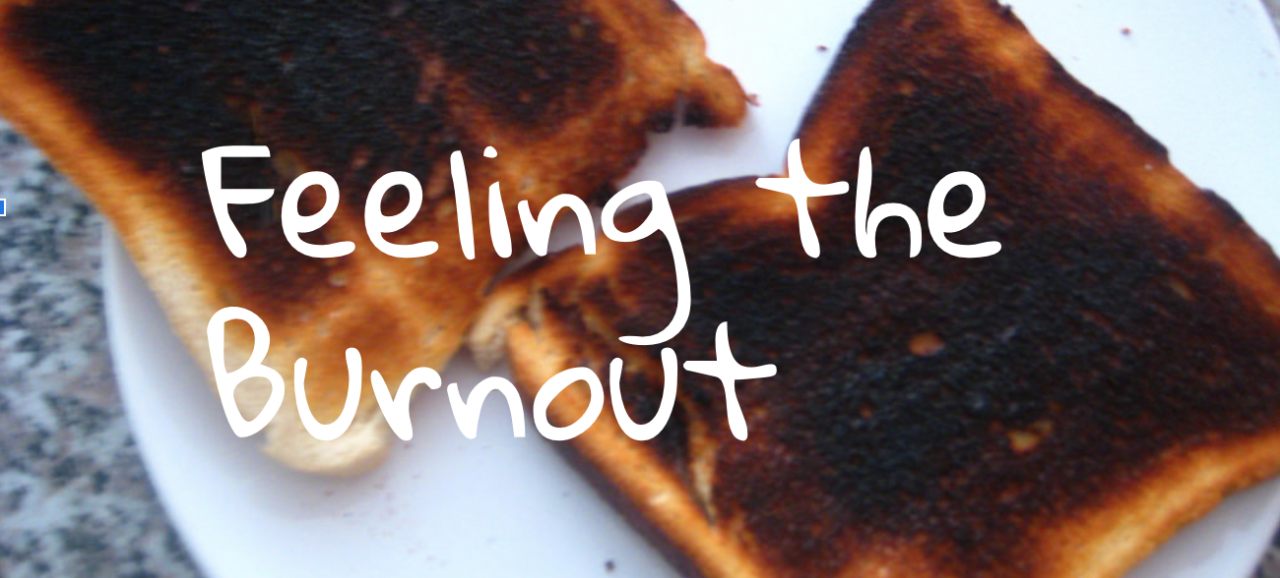I’ve spent a lot of my time in the past month or so interacting with teachers for the blind and low vision who are preparing for the new ILEARN test that will be given starting in April. I love being called to drive to Valparaiso or Connersville for these visits. Connecting with these teachers is the musical equivalent to attending an amazing jazz performance with masterful improvisations.
The new test is built to test students online so that we can level or adapt the test to the user, giving us a more accurate picture of proficiency. Leveling also lowers the stress on students as they are quickly sent to questions at their level or ones that are slightly harder or easier.
The state has provided an item repository for all subjects and grades to try out in advance, so that students and teachers can know how to tweak the many accommodations offered to match the features they use in their daily work. Accommodations include things like using a Braille display, enlarged display, different types of contrast, or text to speech for students with BLV. Many other accommodations are available to students with other disabilities, such as closed captions for students who are deaf or hard of hearing.
Technology moves quickly and teachers for the blind have to keep up with both Braille and low vision devices while often working in multiple districts with multiple platforms for students of multiple ages. If this were the subject of an ILEARN test question, the answer would look like:
The folks I’ve visited with are courageously forging ahead into new territory with technology, and working overtime (read on their spring break), to figure out what will be best for each of their students. They are choosing to engage with technology outside of their comfort zone, becoming vulnerable to ask for help from a team member or from PATINS. At each visit, they are teaching me new things and engaging me in new questions about giving students the right setting, environment, and device.
These teachers wouldn’t ask for it, but I’m shining the spotlight on their hard, unglamorous, day to day work. I see you, and I’m grateful that you keep showing up for your students.
The new test is built to test students online so that we can level or adapt the test to the user, giving us a more accurate picture of proficiency. Leveling also lowers the stress on students as they are quickly sent to questions at their level or ones that are slightly harder or easier.
The state has provided an item repository for all subjects and grades to try out in advance, so that students and teachers can know how to tweak the many accommodations offered to match the features they use in their daily work. Accommodations include things like using a Braille display, enlarged display, different types of contrast, or text to speech for students with BLV. Many other accommodations are available to students with other disabilities, such as closed captions for students who are deaf or hard of hearing.
Technology moves quickly and teachers for the blind have to keep up with both Braille and low vision devices while often working in multiple districts with multiple platforms for students of multiple ages. If this were the subject of an ILEARN test question, the answer would look like:
complex learner X many devices X all the subjects
= explosion of detail management!
The folks I’ve visited with are courageously forging ahead into new territory with technology, and working overtime (read on their spring break), to figure out what will be best for each of their students. They are choosing to engage with technology outside of their comfort zone, becoming vulnerable to ask for help from a team member or from PATINS. At each visit, they are teaching me new things and engaging me in new questions about giving students the right setting, environment, and device.
More than focusing on technology for the test, they want materials and devices that support real learning. They don’t need the fanciest tool, but the one that really works for their students. They want to set each student up to become the best versions of who they are and engage with the world independently. Most folks who interact with students with blindness first instinct is to assume dependence, so these BLV teachers are constantly whispering (or shouting), “let them do it!” They wear the “mean teacher for the blind” badge with pride.
They are learning subject content with their students like AP chemistry or braille music notation, even if they don’t read music in the first place, because some of their students dream of becoming scientists and Broadway stars.
These teachers wouldn’t ask for it, but I’m shining the spotlight on their hard, unglamorous, day to day work. I see you, and I’m grateful that you keep showing up for your students.



